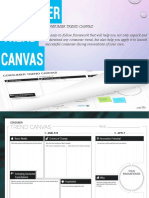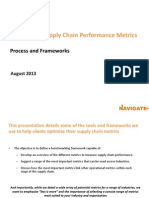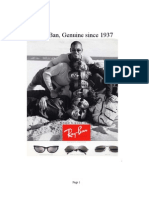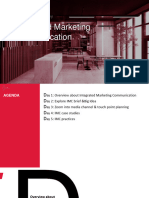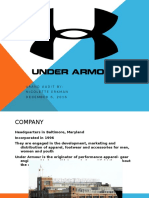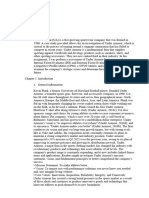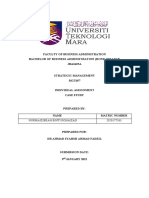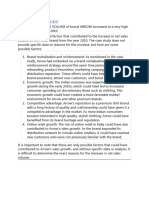0% found this document useful (0 votes)
466 views12 pagesCBBE Model of Under Armour
This document provides an overview of Under Armour using the Customer-Based Brand Equity (CBBE) model. It discusses Under Armour's history, mission, vision, and values. It then breaks down the six components of the CBBE model as they relate to Under Armour: 1) Salience in terms of category identification and needs satisfied, 2) Performance across primary characteristics, secondary features, and reliability, and 3) Imagery regarding the brand's personality and associations. The document provides analysis of Under Armour using the CBBE model framework.
Uploaded by
Jnane SurisettyCopyright
© © All Rights Reserved
We take content rights seriously. If you suspect this is your content, claim it here.
Available Formats
Download as PDF, TXT or read online on Scribd
0% found this document useful (0 votes)
466 views12 pagesCBBE Model of Under Armour
This document provides an overview of Under Armour using the Customer-Based Brand Equity (CBBE) model. It discusses Under Armour's history, mission, vision, and values. It then breaks down the six components of the CBBE model as they relate to Under Armour: 1) Salience in terms of category identification and needs satisfied, 2) Performance across primary characteristics, secondary features, and reliability, and 3) Imagery regarding the brand's personality and associations. The document provides analysis of Under Armour using the CBBE model framework.
Uploaded by
Jnane SurisettyCopyright
© © All Rights Reserved
We take content rights seriously. If you suspect this is your content, claim it here.
Available Formats
Download as PDF, TXT or read online on Scribd
/ 12





















